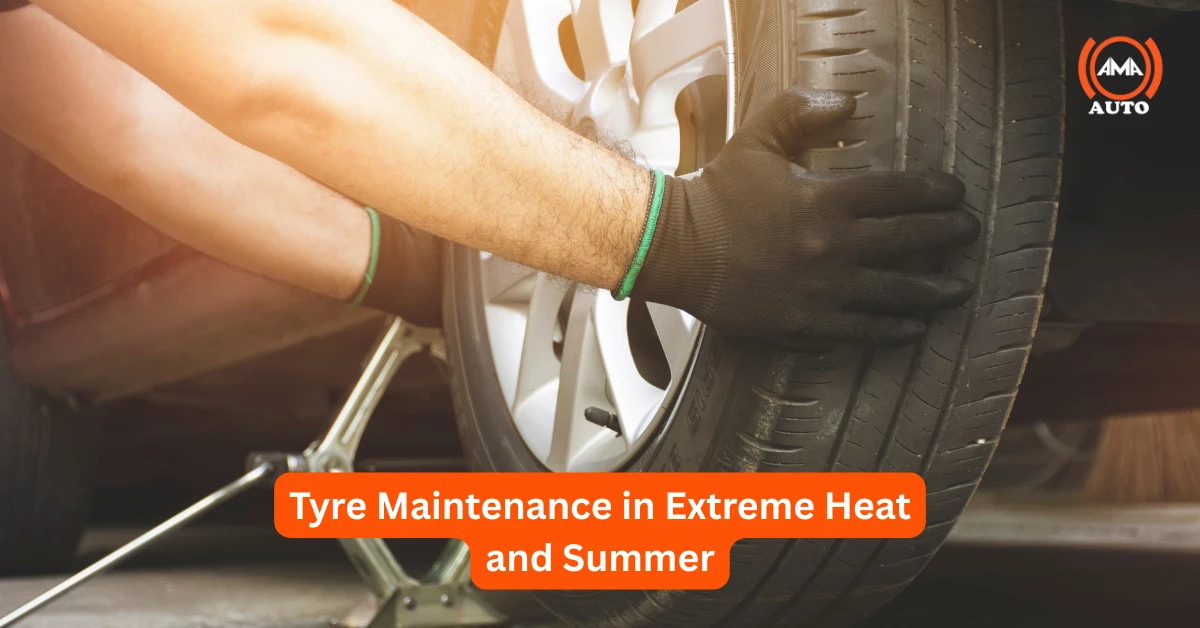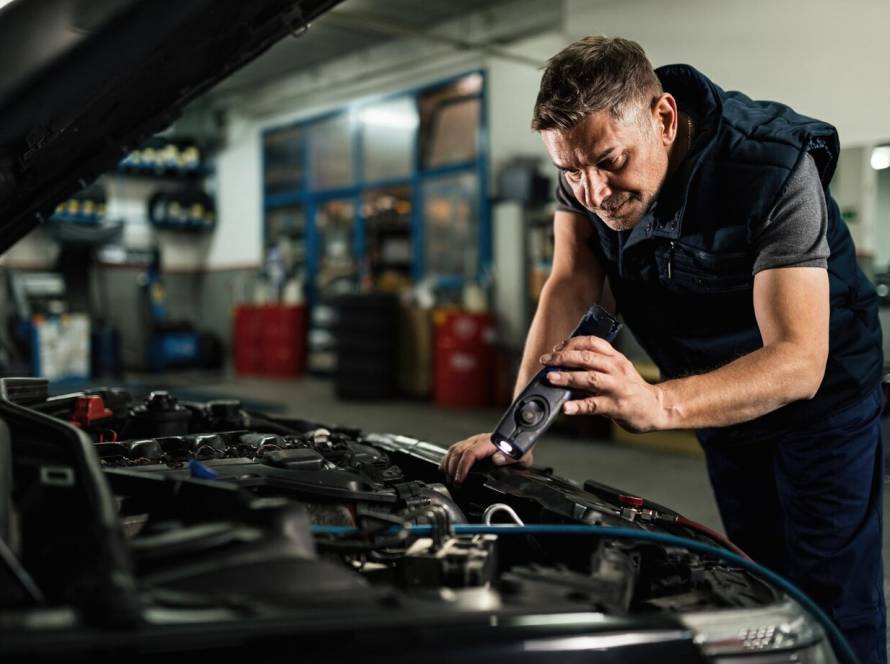Tyre Maintenance in Extreme Heat and Summer: Essential Tips for Safe Driving
Summer brings scorching temperatures that can take a toll on your vehicle, especially your tyres. Hot roads, increased travel, and high temperatures can lead to tyre wear, blowouts, and reduced performance. Proper tyre maintenance is crucial to ensure safety, fuel efficiency, and longevity. Here’s a comprehensive guide to keeping your tyres in top shape during extreme heat.
1. Check Tyre Pressure Regularly
Heat causes air inside tyres to expand, leading to overinflation. Conversely, underinflation increases friction, causing overheating and potential blowouts.
-
Check pressure at least once a month (when tyres are cold).
-
Follow the manufacturer’s recommended PSI (found in the owner’s manual or driver’s door jamb).
-
Avoid inflating tyres immediately after driving—wait until they cool down.
2. Inspect Tyre Tread Depth
Worn-out treads reduce grip, especially on hot, dry roads, increasing stopping distances and the risk of hydroplaning in sudden summer rains.
-
Use the penny test: Insert a penny into the tread with Lincoln’s head upside down. If you can see the top of his head, it’s time to replace the tyre.
-
Look for uneven wear, which may indicate alignment or suspension issues.
3. Rotate Tyres for Even Wear
Regular rotation ensures even tread wear, extending tyre life and improving performance.
-
Rotate every 6,000–8,000 miles (or as recommended by your vehicle manufacturer).
-
Follow the rotation pattern specified for your vehicle (front-to-back, cross-rotation, etc.).
4. Avoid Overloading Your Vehicle
Excess weight increases strain on tyres, causing them to overheat and wear faster.
-
Check your vehicle’s load capacity (found in the owner’s manual).
-
Distribute weight evenly when carrying heavy cargo.
5. Drive Cautiously on Hot Roads
High temperatures make asphalt extremely hot, increasing tyre stress.
-
Avoid aggressive driving (hard braking, sharp turns, speeding).
-
Reduce speed on long trips to prevent overheating.
-
Park in the shade when possible to minimize UV damage.
6. Watch for Signs of Damage
Extreme heat can worsen existing tyre issues. Look for:
-
Cracks or bulges in the sidewall.
-
Blistering or bubbles, indicating internal damage.
-
Excessive wear on edges (sign of misalignment or underinflation).
If you notice any of these, replace the tyre immediately.
7. Use Summer or All-Season Tyres
Not all tyres are designed for extreme heat.
-
Summer tyres offer better grip and heat resistance.
-
All-season tyres are a good alternative if you experience varied weather.
-
Avoid using winter tyres in summer—they wear out faster and perform poorly in heat.
8. Keep Spare Tyres in Good Condition
A neglected spare can fail when you need it most.
-
Check the spare’s pressure and tread periodically.
-
Ensure it’s properly stored (clean, dry, and away from direct sunlight).
Final Thoughts
Extreme summer heat can be harsh on tyres, but proper maintenance can prevent accidents, improve fuel efficiency, and extend their lifespan. Regular checks, correct inflation, cautious driving, and timely replacements are key to staying safe on the road.
Before embarking on a summer road trip, give your tyres the attention they deserve—your safety depends on it!
Stay cool, drive safe, and keep rolling smoothly this summer!
For Free Inspection visit: AMA Auto




